Environmental Regulations
The Buoys and Beacons Market is significantly influenced by stringent environmental regulations aimed at protecting marine ecosystems. Governments and regulatory bodies are implementing policies that mandate the use of environmentally friendly materials and technologies in the manufacturing of buoys and beacons. This shift is prompting manufacturers to innovate and develop sustainable products that comply with these regulations. For instance, the use of biodegradable materials in buoy construction is gaining traction. As a result, companies that adapt to these regulations are likely to gain a competitive edge, potentially increasing their market share in a sector that is projected to reach USD 1.5 billion by 2026.
Increased Maritime Traffic
The Buoys and Beacons Market is witnessing growth due to the increase in maritime traffic, driven by global trade and tourism. As shipping activities expand, the need for effective navigational aids becomes paramount to ensure safety and efficiency in busy waterways. The International Maritime Organization (IMO) has reported a steady rise in the number of vessels operating in international waters, which necessitates the deployment of more buoys and beacons to guide these vessels safely. This trend is expected to propel the market forward, with estimates suggesting that the demand for navigational aids could increase by 10% in the next few years, reflecting the growing importance of maritime safety.
Technological Advancements
The Buoys and Beacons Market is experiencing a notable transformation due to rapid technological advancements. Innovations such as solar-powered buoys and smart beacons equipped with GPS and AIS (Automatic Identification System) are enhancing navigational safety and efficiency. These technologies not only improve the reliability of maritime operations but also reduce operational costs. The integration of IoT (Internet of Things) in buoys and beacons allows for real-time data transmission, which is crucial for monitoring environmental conditions and vessel movements. As a result, the market is projected to grow at a compound annual growth rate (CAGR) of approximately 5% over the next five years, driven by the increasing demand for advanced navigational aids.
Rising Demand for Renewable Energy
The Buoys and Beacons Market is also being driven by the rising demand for renewable energy sources, particularly offshore wind farms. As countries invest in sustainable energy solutions, the need for reliable navigational aids in offshore installations becomes critical. Buoys and beacons play a vital role in marking these sites, ensuring the safety of vessels operating in proximity to wind farms. The market for offshore wind energy is projected to grow significantly, with estimates indicating an increase in installed capacity by over 20% in the next five years. This growth will likely lead to a corresponding rise in demand for buoys and beacons, as they are essential for safe navigation in these expanding energy zones.
Expansion of Shipping Infrastructure
The Buoys and Beacons Market is benefiting from the expansion of shipping infrastructure, particularly in emerging economies. As ports and shipping lanes are developed and modernized, the demand for effective navigational aids is increasing. Investments in port infrastructure are expected to rise, with several countries allocating substantial budgets for upgrading their maritime facilities. This expansion necessitates the installation of additional buoys and beacons to ensure safe navigation in newly developed areas. Consequently, the market is likely to see a surge in demand, with projections indicating a potential increase in sales of navigational aids by 15% over the next few years, driven by infrastructure development.


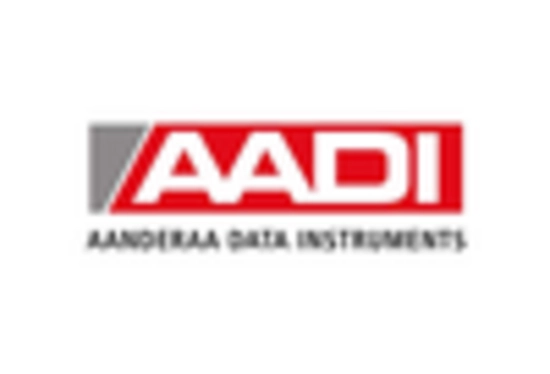
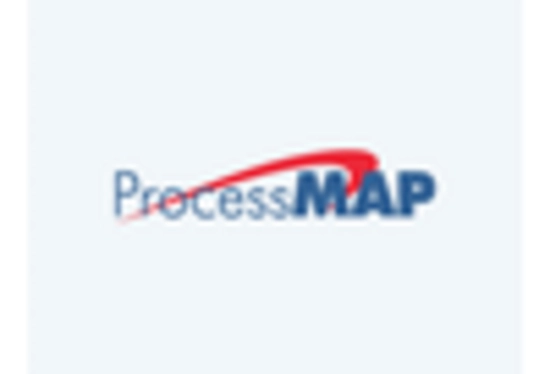
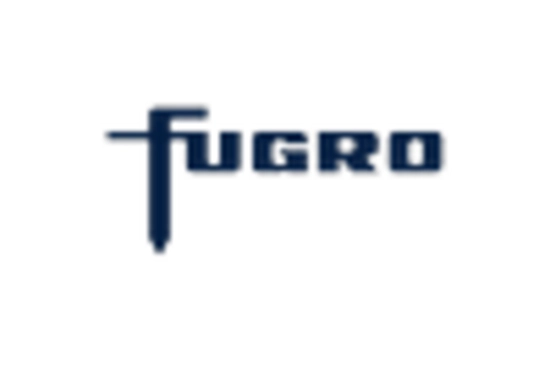
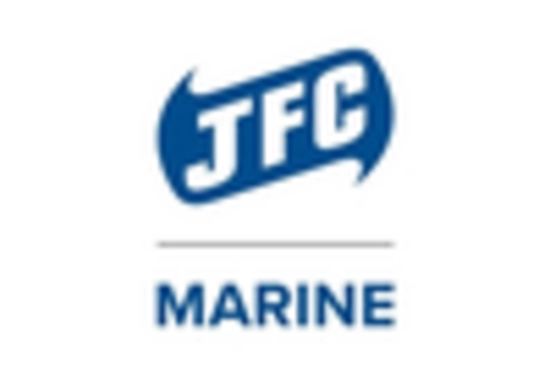
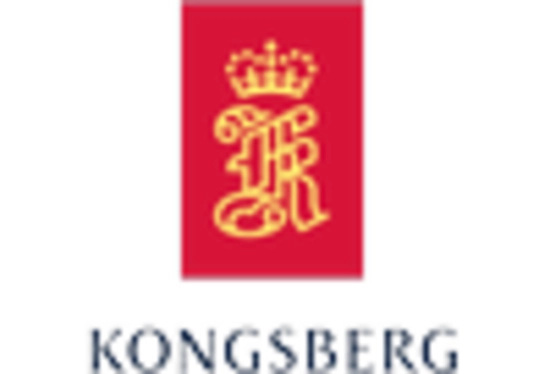









Leave a Comment